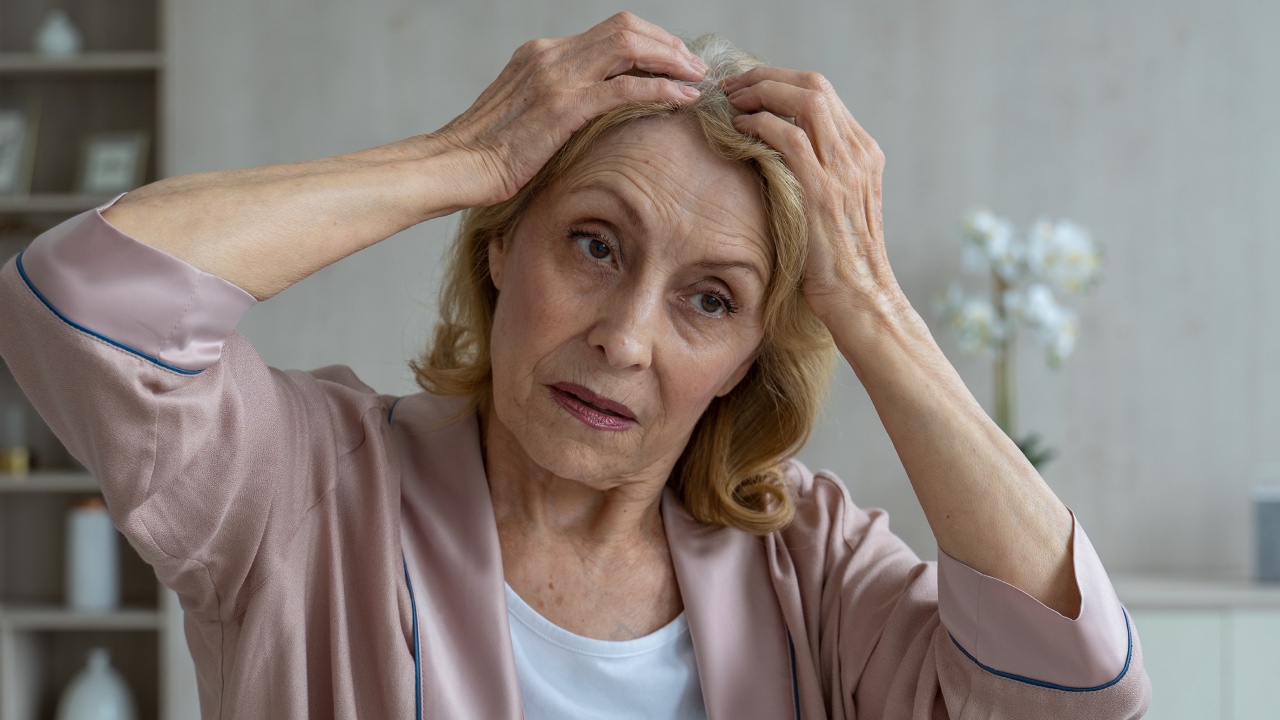8 mistakes that make your hair thin

Despite how many products you put load it up with, hair thins with age and there is scarcely anything that you can do to completely fight nature. What you can do is go into prevention mode as early as possible. There are many simple things that we do to our hair daily that is actually causing it a lot of stress and in many cases causing it to thin.
So rather than a trip to the hairdresser every other week or falling for flashy and expensive products on cheap advertisements, follow these 8 simple tips to avoid damaging your hair and losing what you have.
1. Hot showers
We all know that hot water can dehydrate our skin, but did you know the same rule applies to your hair? Ryan Welter, MD, a Boston-based hair transplant surgeon explains; “Not only are you washing your hair’s protecting oils down the drain, but the heat throws your scalps pores into overdrive to keep up with oil production, which can damage the root and lead to additional shedding.”
2. Using too many heat tools
Ironic, isn’t it? All that that drying and curling we do to make our hair look fabulous is actually doing it the most damage. Not everyone is a wash-and-wear kind of person, though, so if you really can’t part with your heated tools, make sure you prep your strands with a heat protection spray. Also, they may be more expensive but ceramic plated tools are ten times better for your hair. The ceramic plate has a uniform heating system that makes it impossible for it to overheat and cause damage to the hair from burning. Additionally, you’ll get a better aesthetic result.
3. Crash dieting
Your diet affects everything, so it’s no surprise it effects your hair. Under eating forces, the body to direct the little energy it has to perform essential functions –like helping your heart pump blood-so generating new hair falls by the wayside. The good news is that you can eat certain foods for positive hair health. Lean protein like fish, chicken, lentil and beans all promote growth. Hair is primarily made of protein so it will make or break your hair. You should aim for about 46 grams per day.
4. Styling when wet
Our strands are never more fragile, and prone to breakage, than when they’re saturated with H20 – this is because the protective cuticle is slightly raised. Brushing or combing locks in the shower, then following with aggressive towel-drying and prompt styling is a recipe for swift breakages. To avoid this, let your hair dry as naturally as possible when you get out of the shower and wait patiently before styling.
5. Let’s talk about the colour
If your hair is dyed, and especially if it’s bleached, you will be more prone to breakage. However, there are many ways to avoid this. If you can’t be bothered fussing with various different treatments, simply leave your conditioner on for a few minutes rather than washing straight out. This will act like a hair treatment or mask without the hefty price tag. Alternatively, Moroccan oil is naturally high in fatty acids and vitamin E, making it a good treatment for damaged hair. Use sparingly on the ends, it only takes a few minutes to apply.
6. Opting for tight hairstyles
If you wear your hair back in a tight hairstyle, like a ponytail or bun, chances are it’s contributing to your thinning hair. Pulling on the hair follicles too tightly puts tension on them, damaging them and creating scars that destroy them permanently. This can lead to alopecia, a condition that permanently weakens the follicle and makes it impossible for hair to grow again.
7. Over-shampooing
The purpose of shampooing your hair is to cleanse the hair and scalp of oil and product build up. However, there is actually such thing as over-shampooing. This can wash away your hairs natural moisture that helps your hair look healthy and dries it out. This is especially true if you’re using a shampoo that’s more tropical scented foam than nutrition for your hair. So how much should you wash it? Unfortunately, there’s no specific algorithm. See what works best for you, stick to it, and always be gentle.
8. Using the wrong brush
Something as simple as using the wrong hairbrush could be doing you a world of damage. Unfortunately, the thinner your hair, the more damage brushing in general will do. Stick to coming and wide bristle brushes as to not aggravate delicate hair cells. For slick, slightly damp hair, natural-bristle brushes are best and for those who can get away with it, stick to a comb and nothing but the comb. Just be sure to check the teeth for seams or roughness.
Finally, always go by the golden rule; if something is going to harm your skin, it’s going to harm your hair.
Image credits: Shutterstock
